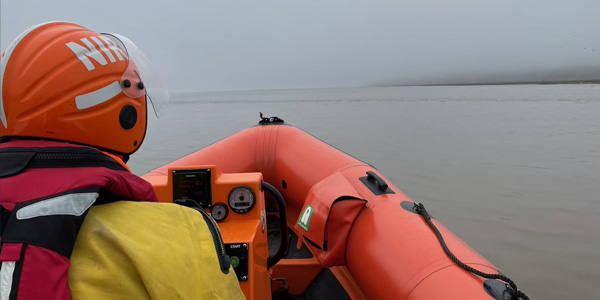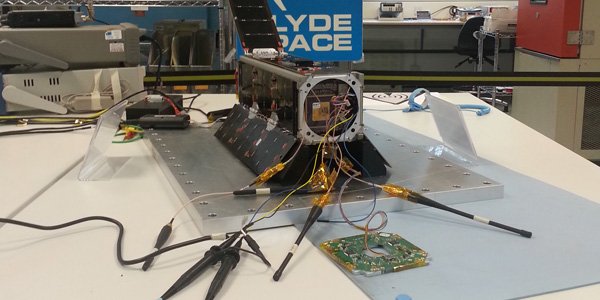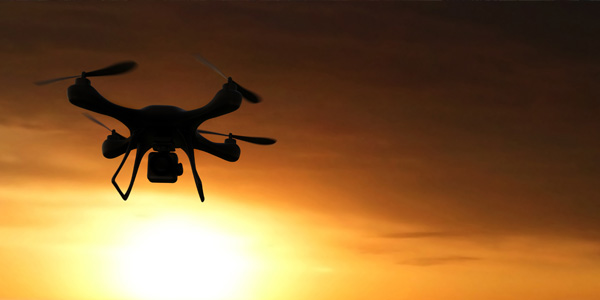From sensor definition to actionable insights
The Centre for Signal & Image Processing, CeSIP, is a transdisciplinary research community developing new algorithms, architectures, tools and systems across industry sectors to deliver actionable insights across five interconnected laboratories. We welcome PhD enquiries and academic visitors, and we’re always open to new collaborations and interesting challenges. Get in touch at eee-cesip@strath.ac.uk.












